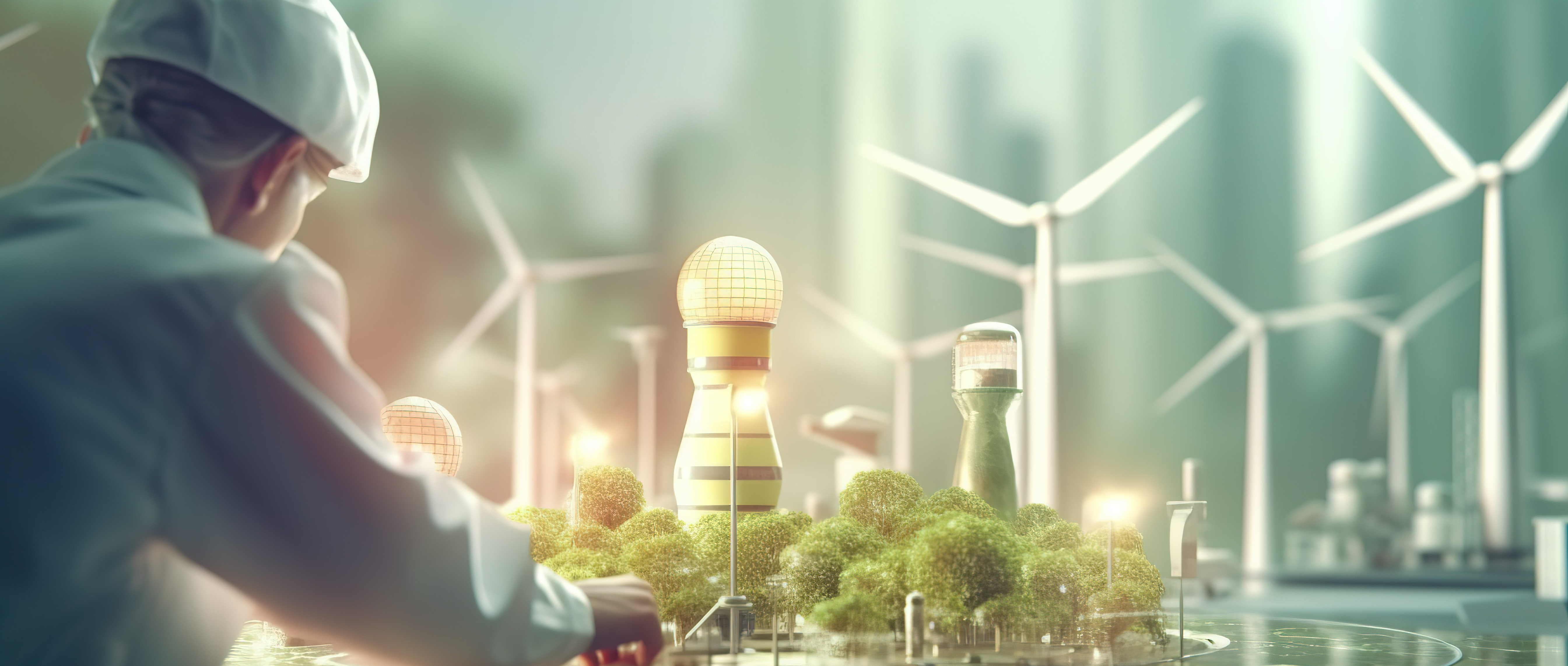As the share of renewables in India’s energy mix grows, so too does the importance of BESS to harness variable generation, maintain grid stability and underpin end uses like electric vehicles (EVs). The rising popularity of EVs in India is driving demand for advanced battery solutions. As of 2021, India had an installed battery energy storage capacity of around 20MW, with a projected requirement of approximately 38GW by 2030.
The Indian government is putting its weight behind regulations and new tech to drive the growth of BESS across the country. India’s energy storage scene is starting to boom, with growth in distributed energy storage and vehicle-to-grid tech. When it comes to large-scale storage, India is one of the top three countries globally for tenders for large-scale battery storage deployment. However, policy uncertainties and delays in tender processes make progress challenging.
The webinar featured a range of perspectives emphasising how the growth of BESS is not just about tech; it’s a dance between policy, finance, and innovation – each piece essential to unlocking India’s storage potential.
- Ms Babita Sharma from the British High Commission outlined the role of the UK-India Net Zero Centre and India’s need for innovation in energy storage
- Dr Anjali Jain from NITI Aayog (the leading government of India policy think tank) considered how BESS is gaining traction in India in power and transport sectors and its estimate of a need for 45GW of energy storage with five hour duration by 2030 (to complement pumped hydro storage)
- Dr Rahul Walawalkar, Chair of the India Energy Storage Alliance spoke about its aim for India to become a global hub for R&D, manufacturing and adoption of advanced energy storage solutions and outlined the evolution of grid-scale energy storage tenders in India
- Dr Daniel Murrant from Energy Systems Catapult shared insights about emerging UK energy storage markets and the huge challenges around scaling up storage and flexibility across different energy vectors and timescales
- Dan Matthews, Engineering Director at LiNa Energy, a UK-based SME designing and developing solid state sodium metal chloride cells. Dan spoke about LiNa’s experience with pilot projects (including collaboration with Tata Power in Delhi through the ITES programme)
- Sourya Choudhary from Ampin Energy Transition, a leading Indian green energy company, shared their perspective on current energy storage projects and growth opportunities in the Indian market
The challenges are complex and there is an ongoing need for dialogue between industry, policymakers, and researchers. Their message? Innovation thrives on collaboration. Strategic partnerships and targeted investments will be crucial for tackling hurdles and tapping into the massive opportunities that lie ahead in India’s energy storage sector.
India’s journey towards a decarbonised grid and transport system is underway, and energy storage isn’t just a piece of the puzzle – it’s a major player.


